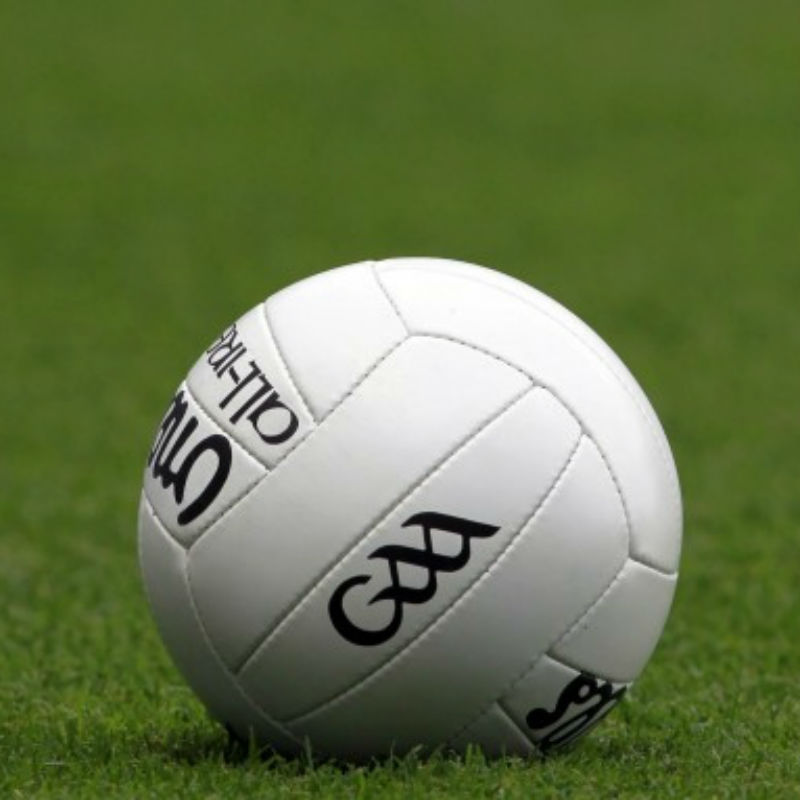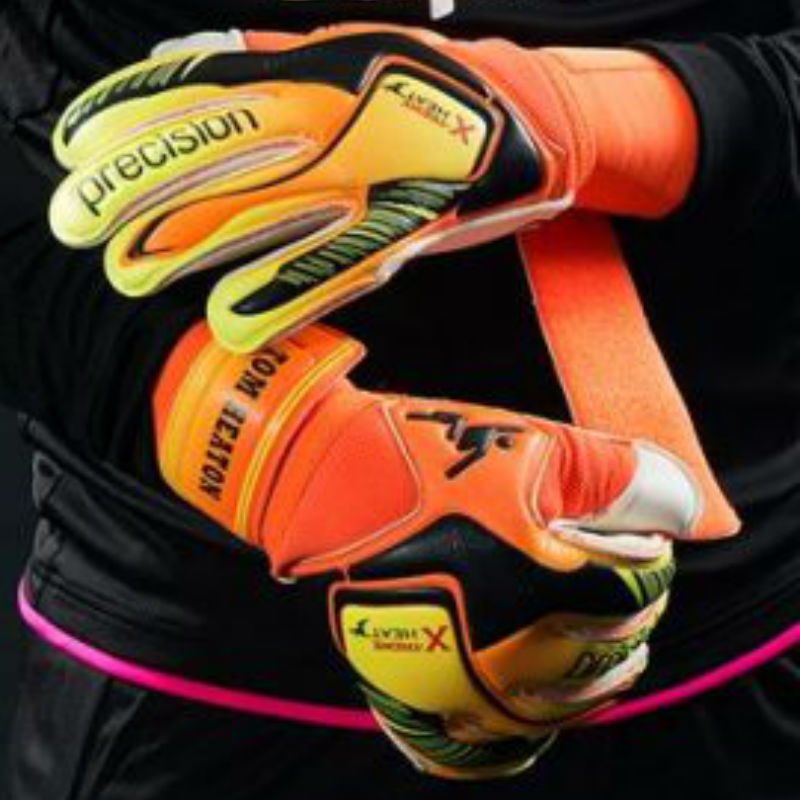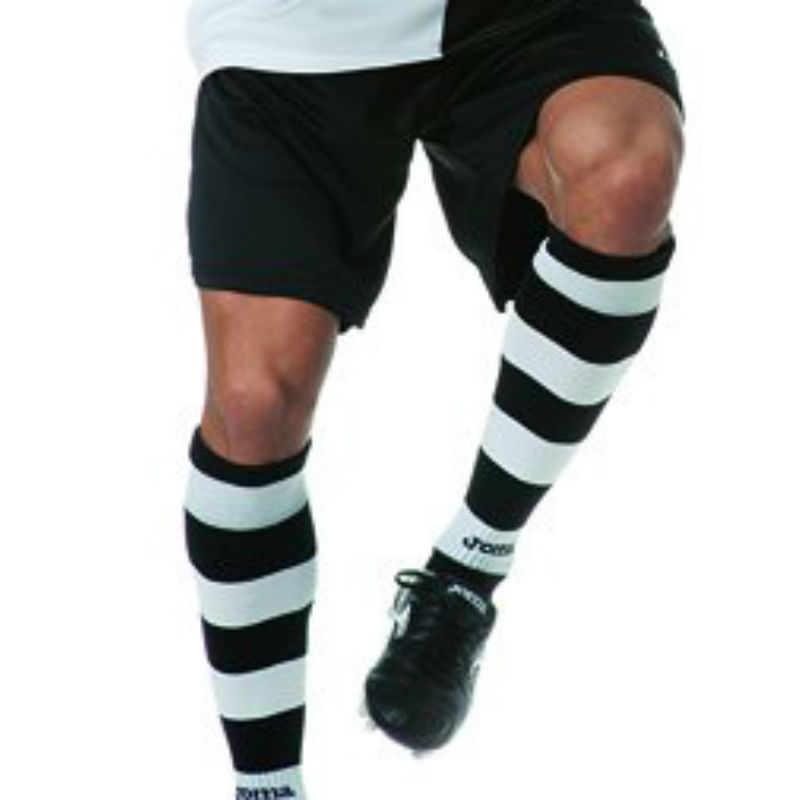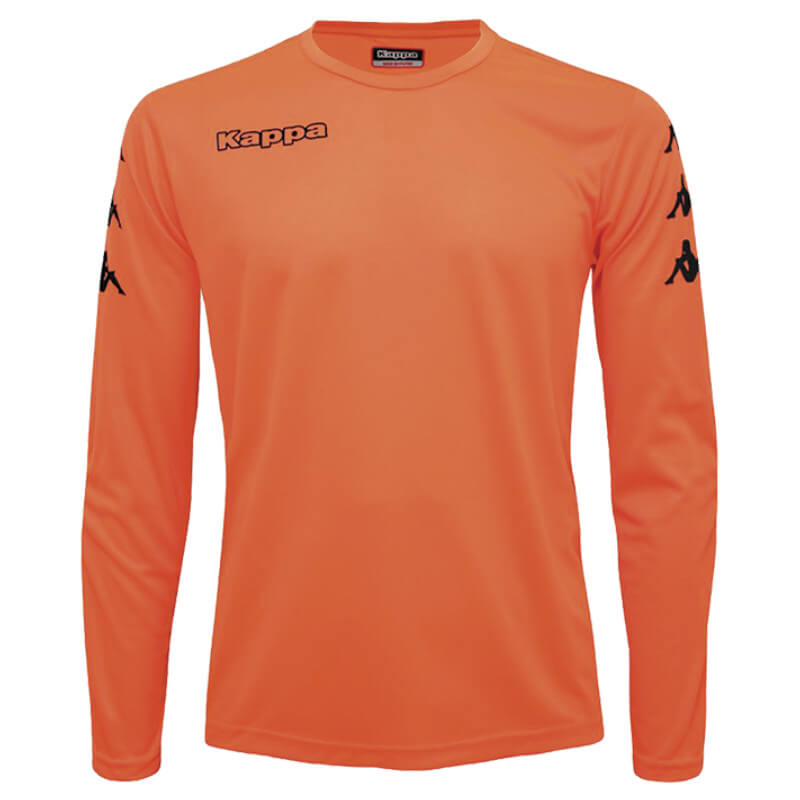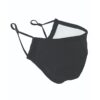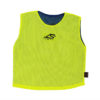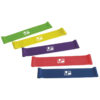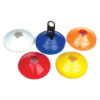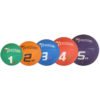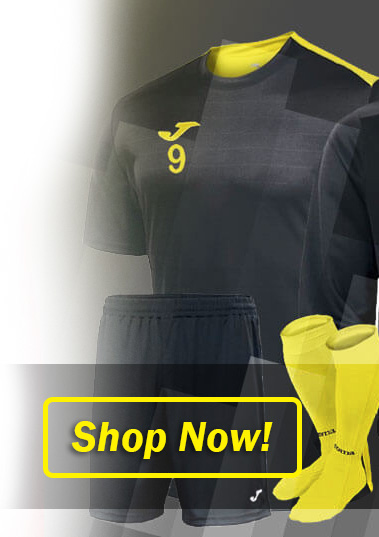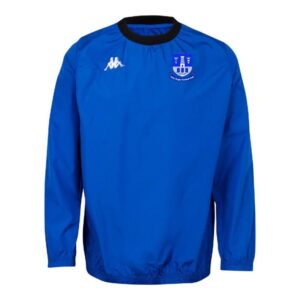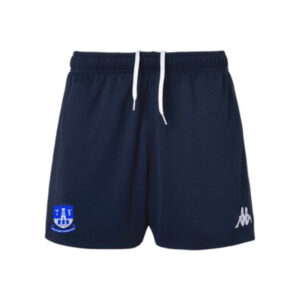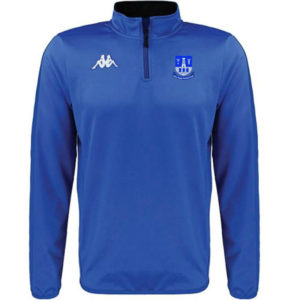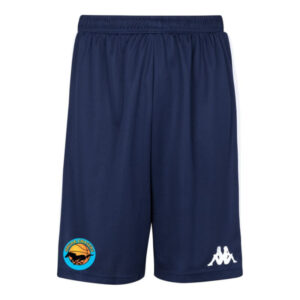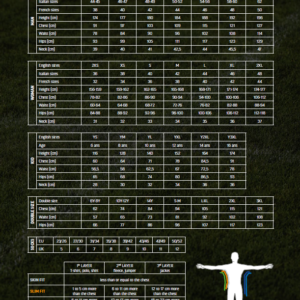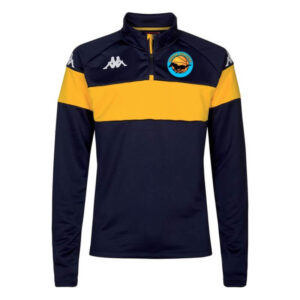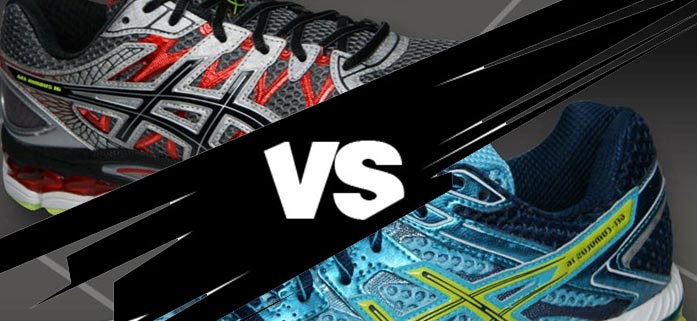No products in the cart.
Running
ASICS GEL NIMBUS 16 vs ASICS GEL CUMULUS 16
With so many different running shoe brands out there and so many different models within each brand it can sometimes be difficult to tell the differences between them. Over the next few weeks we will try to explain the differences between some of the leading models available today.
ASICS are sometimes a victim of their own success in that there is so much focus on their two flagship footwear models (ie. Gel Kayano and Gel Nimbus) that some of their slightly less technical (and less expensive) models can get overlooked.
Today we have decided to take a close look at the new Asics Gel Nimbus 16 and compare it with its less well known little brother (or sister) the Asics Gel Cumulus 16. Two very cushioned options for the neutral runner.
Firstly, let’s talk about price; the Gel Nimbus 16 is a shoe that has increased significantly in price over the last two or three seasons, and now comes in at a fairly hefty RRP of €170 (JF Sports price €145). The Gel Cumulus 16 has increases slightly in price also and now has an RRP of €135. (JF Sports price €125). The Gel Nimbus weighs in at 11.9 oz (men’s size 9) slightly lighter than the previous version. The cushioning height in the heel is 23mm and 13mm in the forefoot. That gives a heel to toe drop of 10mm (13mm in the women’s version to take pressure off the Achilles Tendon). The Gel Cumulus 16 weighs in a little lighter at 10.6 oz but with the same cushioning profile in the heel and forefoot and with the same heel to toe drop.
The Gel Nimbus 16 has larger gel units in the heel and forefoot than earlier Nimbus models and although the same can be said of the Gel Cumulus 16, the Gel Cumulus 16 does not have the same level of gel as the Nimbus 16. That is not to say that Gel Cumulus 16 is not superbly cushioned, it is just that, well, something has to be top of the range and the Gel Nimbus 16 is it. The Gel Cumulus 16 has closed the gap cushioning wise with the introduction of FluidRide technology for the first time in this model. The FluidRide rubber compound in the sole unit is more cushioned and more resilient than the SoLyte technology used in previous Cumulus models. FluidRide rubber compound is also 15% lighter than SoLyte and up until now was only used in the Nimbus and Kayano models. We have had feedback that the Cumulus 16 is slightly more flexible in the forefoot and combined with its being marginally lighter this is seen as a positive for Gel Cumulus 16 over Gel Nimbus 16.
The biggest difference between Gel Nimbus 16 and Gel Cumulus 16 really lies in the quality of the materials used in the upper. The ample use of memory foam around the collar and tongue of Gel Nimbus 16 gives a really plush feel. Having said that we have had feedback that the use of memory foam has impacted negatively on the breathability of the upper, but that might be splitting hairs. The heel counter on the Gel Nimbus 16 is a little less rigid than the Gel Cumulus 16 giving a more customised and more comfortable fit at the back of the heel.
The other main difference in the upper is the new FluidFit technology that is used in the Gel Nimbus 16 but is absent for the Gel Cumulus 16. This technology combines multidirectional stretch mesh with stretch reinforcements that adapt to the foot, creating a truly glove like fit.
In conclusion we would feel that the ASICS Gel Cumulus offers a fantastic level of cushioning that really does come close to the level offered by its more famous big brother. Where Gel Nimbus continues to lead the way is in the fantastic fit of the upper which still sets the standard across all brands.
[vc_separator type=’transparent’ color=” thickness=” up=’30’ down=’20’] [vc_text_separator title=’Chose the runner for you!’ title_align=’separator_align_center’] [vc_separator type=’transparent’ color=” thickness=” up=’30’ down=’20’]
